In light of thin-film solar’s very own “House of Cards” (i.e. Hanergy) and the recent troubles of those firms that are barely hanging on, a closer look at the checkered past of the thin-film solar industry is warranted.
Thin-film solar accounts for less than 5% of the global module supply. Yet, as First Solar has demonstrated, thin-film solar can be 2.5- to 3-times more capital efficient compared to c-Si — when accounting for the entire process flow from polysilicon through module assembly.
So, why aren’t investors attracted to thin-film solar?
While it may be an uncomfortable answer, the truth is that thin-film solar manufacturers, with the exception of First Solar, have failed to demonstrate economically viable technologies and operations. That single thin-film solar success story is overshadowed by dozens of failures — Abound, Nanosolar, Primestar and Solyndra serve as the most spectacular examples.
Has China achieved thin-film operational excellence?
It remains to be seen how the Hanergy drama will end — perhaps the Chinese leadership is convinced that their Chinese operations have acquired the skills to continue on their own, no longer requiring the know-how of the German and U.S. operations. If the technology transfer has been successful, Hanergy’s operations in China should demonstrate sustainable manufacturing.
However, given the status of CNBM’s AVANCIS and CTF Solar as well as CHN Energy’s NICE Solar Energy operations there is little confidence that Hanergy has mastered thin-film manufacturing. Operational excellence is a vastly underestimated element of economically viable manufacturing.
The fact that the processes championed by the above companies are poorly suited for high-volume manufacturing only adds to the problem. Manufacturing approaches rooted in academia and technology of the 1990s or early 2000s are not compatible with today’s, and even less so with future market requirements.
Even if the necessary innovations have been identified, the question remains whether these organizations have the will to implement them or the capital and time available to transition and ramp these highly advanced factories.
Learning from thin-film mistakes
While there are several mistakes for which the individual companies bear sole responsibility, learning from these mistakes seems to be a virtue not exhibited by those in charge. There are a few individuals who understood how to leverage the past expertise, capitalize on the lessons learned in both fundamental and applied research, and enable success stories to match that of First Solar. Due to lack of access to sufficient and patient capital — none of these ever saw the light of day.
‘Money makes the world go round’ is a recurring theme, and if we look back at the history of other emerging industries, there always is a gold rush phase giving rise to too many companies. However, what is atypical in the case of thin-film solar is that after about 25 years we are left with just one success — there should have been at least 5 or 6. Why was access to capital such a deciding factor?
In the age of publicly-traded companies, quarterly earnings, analysts (sitting in a office without any hands-on experience and comprehension regarding the industries they evaluate) investors do not like to invest in manufacturing — in particular as the assets are highly specific to the organization, and therefore next-to-impossible to sell. Asset-less or at least asset-light sectors on the other hand continue to see a huge influx of capital. As such the thin-film solar module manufacturing sector was doomed from the get-go, at least in Europe and the U.S.
China’s long-term and strategic industrial policy
In comparison, China operates at a far more long-term and strategic level. If the country’s leadership has identified a particular sector as of strategic importance — e.g. solar, Li-ion batteries, electric mobility, etc., it creates a policy environment that encourages massive investment into these sectors. This, in turn, creates a large number of private companies competing with one another for global market dominance.
A high percentage of these companies are ultimately nonviable. The best ones stand out and an entire ecosystem as well as a lot of expertise gets created, all to be fully leveraged by the small number of survivors. Since Europe or the U.S. have nothing to offer to their industries, the end result is indeed global dominance by the survivors of China’s internal runoff. At this point, the Chinese government rapidly scales back the subsidies and incentives, shifting them to the next industrial sector of strategic importance.
It is, quite frankly, mind boggling that the West has failed to conceive a strategy to counter the Chinese. How many more sectors are we willing to abandon? Wall Street alone cannot sustain the U.S. economy without manufacturing. Data from the U.S. Department of Commerce shows the manufacturing sector share of the U.S. economy to have fallen to a record low of 11%, steadily declining from 25% in the 1960s.
Are we willing to see the demise of the automotive industry next? Are we willing to sacrifice a clean environment and high-paying manufacturing jobs at the altar of Wall Street and its market indices?
It’s not too late for thin-film solar in the U.S.
As mentioned in the first paragraph, thin-film solar is superior in its capital efficiency. In addition, thin-film solar has a 3 to 5x lower CO2 footprint and a 2–5x higher energy return on energy investment compared to c-Si. Since the financial markets are unlikely to invest in thin-film solar on their own, politicians owe it to their constituents to create a long term industrial policy framework that directs investment into thin-film solar, and in turn creates high-paying jobs.
It is not too late — at present Europe and the U.S. still possess technological leadership in thin-film solar. The blueprints for economically viable thin-film module manufacturing exist. The recent insolvency by Calyxo (December 2019), failure of Siva Power (October 2019) and troubles at CNBM, NICE and Solar Frontier are insignificant in the bigger picture but offer valuable lessons.
Absent serious competition, First Solar might be next: it took First Solar over four years to abandon small modules and commit to its Series 6, although the concept had been conceived and proven to be viable. First Solar has not raised its hero-cell efficiency and has reduced its R&D expenditures over the last four years.
Is this the legacy we want to leave? Is this what we want all the excellent thin-film R&D in Europe and the U.S. to amount to?
***
Markus Beck is a thin-film solar expert and a business and technology consultant who has served as the chief technologist of Siva Power and chief scientist at First Solar.
The views and opinions expressed in this article are the author’s own, and do not necessarily reflect those held by pv magazine.
This content is protected by copyright and may not be reused. If you want to cooperate with us and would like to reuse some of our content, please contact: editors@pv-magazine.com.
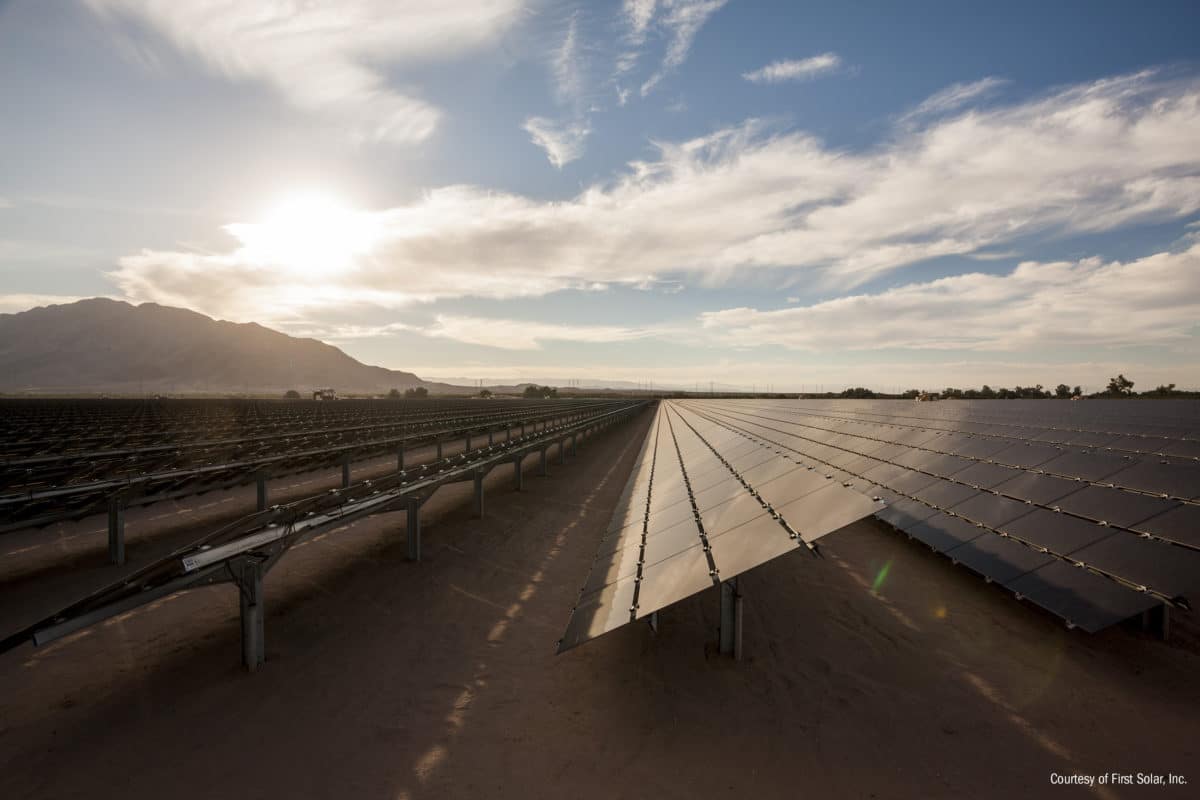
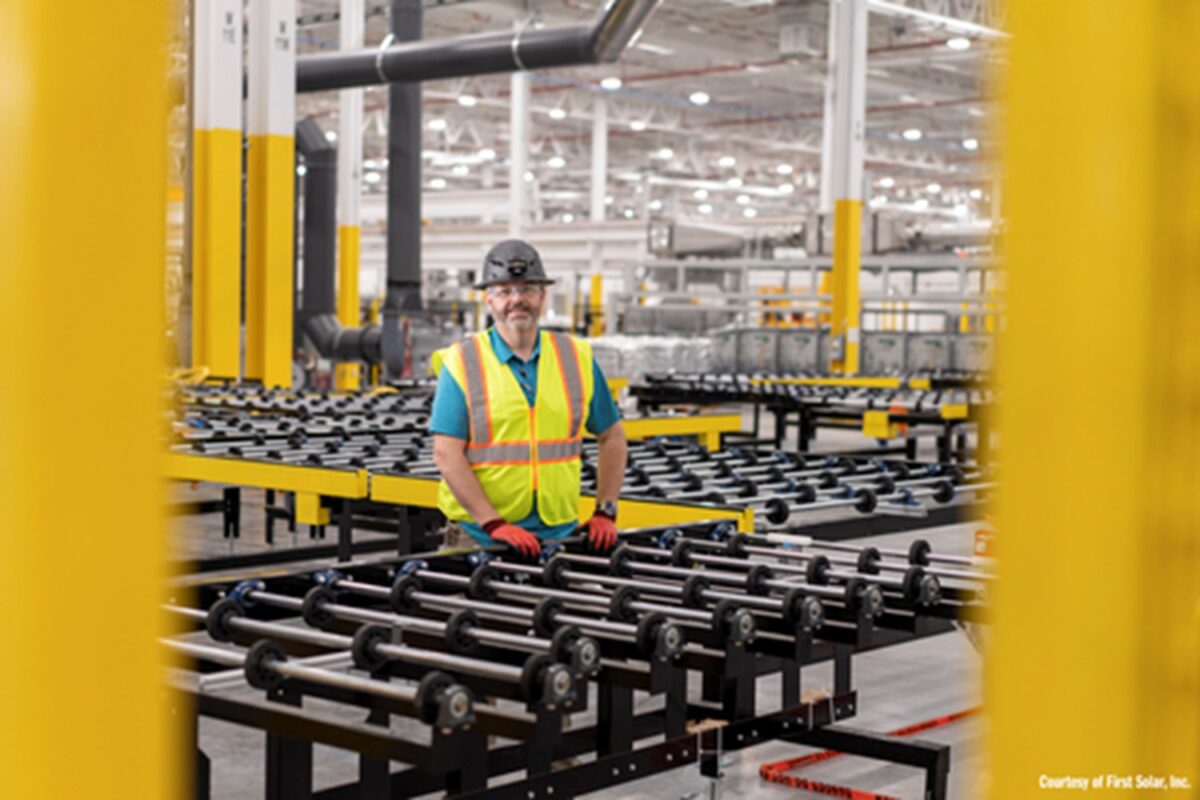

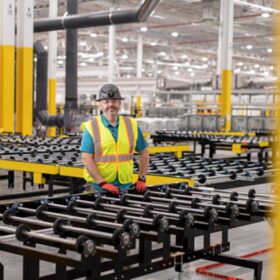

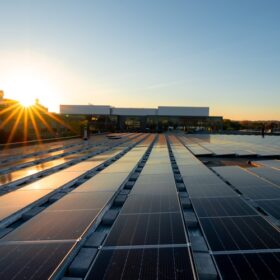
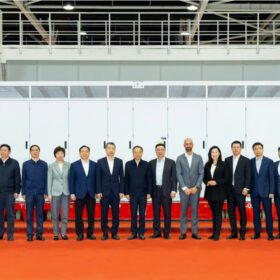
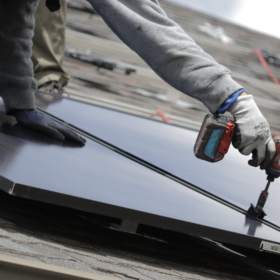
Excellent read!
Dan Arguelles
“First Solar has not raised its hero-cell efficiency and has reduced its R&D expenditures over the last four years.”
Series 6 initial production batches were coming off the line with 17% efficiencies/420 watts per panel. They’re now rolling off the line with 18.2% efficiencies/450 watts. There is no reason not to expect that trend to continue. Hero cells were at 22% efficiency with what they claim are transferable processes to present production lines. While they haven’t topped that number in the lab in the past few years, they have a lot of room to increase that number in production. If their efficiency gains over the past year are extrapolated forward, they will be the industry leader in cost/efficiency, and one of the reasons why their production is sold out for the next two plus years.
Markus, excellent analysis from a guy who lived it and not, as you say, analyzed it from behind a desk.
There are some other key aspects of thin-film which effectively doomed them vs. xSi.
1) a-Si couldn’t get the efficiency up, CIS/CIGS proved to hard & expensive to master, and CdTe entrants were largely blocked/deterred by FS’ extensive patents.
2) because the TF “industry” was split among tens of companies, each with their own unique production processes, recipes, and techniques, it was impossible to ever gain the scale economies and competitive supplier base that xSi developed. By using a more standardized platform & process, xSi was easily able to scale faster and bring costs down faster, as well as attract more incremental innovation. Plus allow the stronger to acquire and integrate the weak to further build scale.
Regarding industrial policy, should the US choose to “go big” in solar manufacturing, it’s not clear TF is the best choice. Bifacial xSi might be better. The labor cost advantage that helped boost China’s PV industry in the beginning is gone, processes are largely automated, America has a very significant long-term low-cost energy advantage which can help on the poly/glass/metal/chemical side, plus the obvious proximity to large markets, capital markets, etc.
But without a industrial policy that allows development of a competitive domestic supply chain, the US will just keep sending the $$ abroad. As long as it’s easier to just import and install, why take the risk of manufacturing? “Green Leadership by Proxy” perhaps we can call it.
There is something to be said for the “community of innovation” for each of the technologies. Back in 2007 when I first looked at this, I was a huge fan of TF, but I realized that the “PhD in semiconductor doctor physics ” experts for CdTe could sit around a dinner table (and most of them already worked for the same boss). The experts in CIGS could have a large dinner party. But the experts in silicon could fill a stadium -and many of them had been doing it for forty years.
Plus all of the other infrastructure already in place for cost reduction would give xSi a sturdy advantage.
CIGS major disadvantage on the roof top is that it seeks to unseat a huge existing solar contractor market in favor of a virtually weeney little roofing contractors market who are mostly clueless of what awesome advantages they may have over the former guys all reliant on traditional rack mounted c-Si glass solar modules with invasive penetrations. Ive been waiting for Thin Film to get its act together…..
First solar has had their eye on large scale utility solar PV construction from the beginning. If you are installing 100,000 panels on a solar farm, a 7 foot by 4 foot panel means a lot less, than having 400 square feet of roof space on one’s home to get as much solar PV harvest during the day. On utility scale systems large panels and low efficiencies, I believe CdTe was about 14% when introduced means less than high efficiency and small foot print needed on small installations.
I don’t know if they still do this, but back in the early 2000’s First Solar announced a “cradle to cradle” recycling program. Send old damaged panels back to the factory, they would be ground up and used for the next product run. Not a bad idea for a utility scale project. With mono-crystalline solar PV panels, what do you DO with them when one breaks, is damaged or fails from unseen defects? Throw it away and buy another.
I think FS is doing fine with steady improvements. With that price advantage it’s hard to see them not doing well
I remember back when they couldn’t get enough sales they just built solar farms and sold the power. Later selling them for a nice profit when the economics improved.
Here in Florida I’ve noticed most utility solar is tracking thin film/FS panels and have been for 10 yrs, just adding a lot more the last few yrs finally.
FS is doing about as well as could be expected in a market with too many snake oil salesmen, governments intentionally picking losers, and subsidy miners on rooftops with loud lobbyists.
A better article would have reviewed the dance between cash flows and company wide conversion of product lines and tools at FS. I guess a former chief scientist is not up to that diversified perspective.
CIGS thin film is very attractive on a materials cost basis once you have moved down the long and shallow learning curve, but financing the area under that curve is far too expensive, especially when you arrive at a low margin commodity product..
Just coming across this article now. Great information and I feel we need to take more advantage of R&D for specific panels that can increase the value of not only input, but becoming more environmentally friendly.